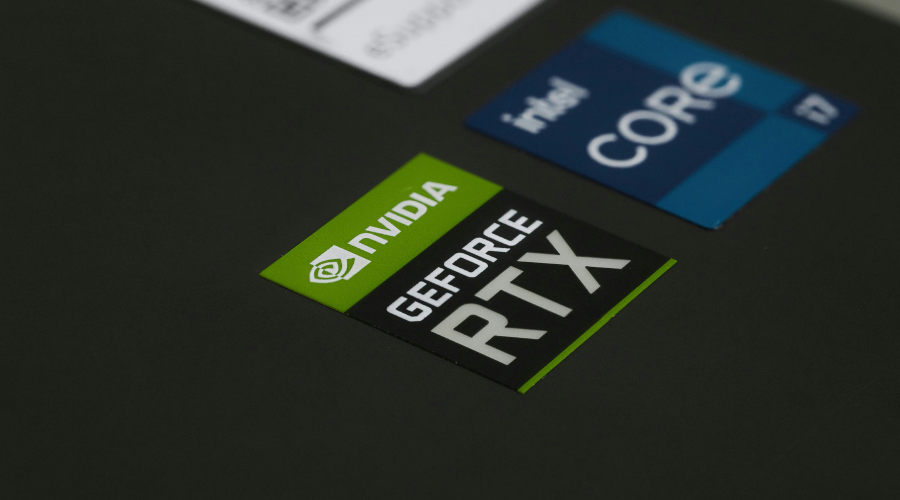Cybercriminals aren’t wasting any time. Within just a week of Citrix disclosing three new security flaws, attackers are reportedly using HexStrike AI, an open-source offensive security tool, to exploit them. What was designed to help ethical hackers and red teams has quickly become a weapon in the wrong hands, leaving organizations scrambling to defend their systems.
This rapid turnaround highlights a troubling shift in the cybersecurity landscape: artificial intelligence is no longer just aiding defenders—it’s accelerating the pace of attacks.
How HexStrike AI was designed to work
HexStrike AI was launched as a cutting-edge platform for automating reconnaissance, vulnerability discovery, and penetration testing. According to its GitHub repository, the tool integrates with over 150 security utilities and supports dozens of specialized AI “agents” fine-tuned for tasks like exploit development, reverse engineering, and cloud security analysis.
For legitimate security professionals, this is a game-changer. It can dramatically reduce the time needed to identify weak points in networks and applications, making red-team operations and bug bounty hunting more efficient. But as experts have long cautioned, tools built for defense can often be flipped into attack mode.
Cybercriminals seize the opportunity
Check Point researchers reported that malicious actors have already begun testing HexStrike AI against Citrix’s recently disclosed vulnerabilities. Discussions on dark web forums suggest some attackers claim to have successfully breached NetScaler instances using the tool, and in some cases, they’re even selling access to these compromised systems.
The troubling part isn’t just the speed of adoption, it’s the automation. According to Check Point, HexStrike AI reduces the manual effort attackers typically need. Failed attempts can be retried automatically until successful, boosting what researchers call the “overall exploitation yield.” In short, hackers can now launch smarter, faster, and more persistent attacks with minimal human oversight.
Why this matters for defenders
The implications go beyond Citrix. The rise of AI-driven offensive tools means the gap between vulnerability disclosure and exploitation is shrinking, sometimes to mere days. That leaves IT teams with little breathing room to patch and harden systems before attackers strike.
Security researchers stress the urgency of timely updates. Organizations running Citrix infrastructure have been urged to apply patches immediately, as the risk of mass exploitation continues to rise. But the broader concern is that HexStrike AI marks a new era where offensive AI orchestration could make zero-day exploitation more accessible and scalable.
A growing trend in AI misuse
HexStrike AI isn’t the first tool to fall into the wrong hands. Just last week, Sophos reported that attackers weaponized Velociraptor, an open-source digital forensic and monitoring tool, to deploy malicious payloads. Meanwhile, a study by Alias Robotics and Oracle researchers warned that AI-powered security agents like PentestGPT carry inherent risks. Prompt injection attacks, they argue, could turn defensive tools into offensive weapons, flipping the script on their original purpose.
As one researcher put it, “the hunter becomes the hunted.” Tools designed to protect can quickly transform into vectors of compromise if not properly safeguarded.
The HexStrike AI incident underscores a sobering reality: in cybersecurity, innovation cuts both ways. While AI tools promise to make defenders faster and more efficient, they also lower the barrier for attackers to scale their operations. For organizations, the message is clear: patch vulnerabilities without delay, and assume that adversaries are already experimenting with AI to outpace traditional defenses.






